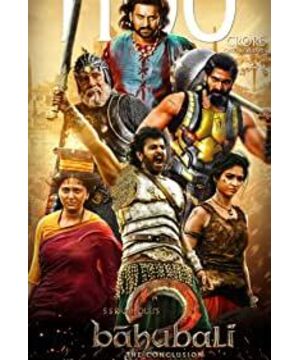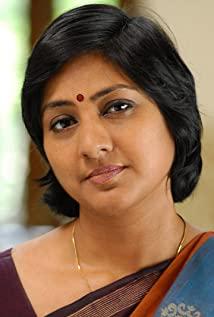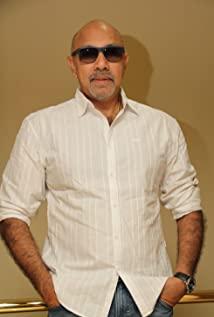The second and second episodes of the epic blockbuster "Baahubali" bear a lot of halo, leaving a deep impression in the history of Indian cinema. Record-breaking budget and returns, two box office champions, praised by the Indian film industry, IMAX 2D shooting, India's first 4K HD Telugu film, spending 400 million yuan for special effects, gorgeous palaces, costumes and wars The scene, the two episodes add up to a 5-hour tome... Audiences who haven't seen the film may have expectations for the modernity of the film. The box office, visual effects and other label gimmicks are very shiny, it sounds like Talk about a work that catches up with the trend of today's blockbuster visual effects.
After looking at it, it is not entirely true. "Baahubali" pursues the most advanced and gorgeous look and feel in terms of visual effects, pictures and art, and what it serves is a story with a very classical core.
The story of Baahubali continues in the tradition of classical theatre. The characters are from a royal family, and the relationship is simple and clear. Good and evil are clearly defined, emphasizing the traditional idea of being loyal to the monarch, serving the country and loving the people like sons, poetic dialogues, and the plot design revolves around classic routines such as deception, suspicion, betrayal, and revenge. as the ending. In the process of watching the film, you can fully enjoy the very entertaining scene that 400 million yuan smashed. After watching the film, you can peel off the screen and then recall the plot to better appreciate the power of this classic story, the ups and downs of the relationship between characters and the development of the plot. ups and downs.
India is a country with a prosperous ancient civilization. The ancient Indian Sanskrit epics "Mahabharata" and "Ramayana" focus on the rivalry of the royal family and the return of the exiled royal family for revenge. Part of the character relationships in Baahubali are drawn from these two Sanskrit classics. Shakespeare, who was deeply influenced by classicism, also often described the joys and sorrows of the royal family in his works. In the above-mentioned Indian and foreign works familiar to the audience, you can find a similar story design as "Baahubali", which is the successor of classicism.
Another interesting arrangement of this film is the plot structure of the first and last episodes. The next episode tells how the old Baahubali was demoted from the prince to a commoner and finally killed. The queen mother rescued her desperately and was brought up by her adoptive parents. After she rescued her mother, she was told that she was the son of the murdered king. The next episode is a postquel to the previous episode in form, and the content is a flashback to the story that happened before the beginning of the previous episode, which is essentially a prequel to the previous episode. This arrangement allows the two stories to be relatively independent on the premise of maintaining sufficient suspense and drama. There is not much difference in which one to watch first between the next two episodes. Together, you can see a larger story background. .
The scenes of "Baahubali" are very big, and the director has racked his brains to make all kinds of unrestrained scene designs. In order to make these designs look good, we have spent all our money and made beautiful pictures. The next episode is very well-made from the beginning of the film. Stop-motion 3D animation scene, do a good job for the audience. The movie looks very different from the blockbusters that we have seen more often. The protagonists Baahubali and his son are portrayed as invincible heroes. The advancement of the story relies heavily on battlefield fighting and singing and dancing scenes. The boundary between the gods is not clear, and the epic plot as the main line of the story has a strong mythological color.
This has a lot to do with Indian values, viewing habits, and even religious beliefs. King Baahubali is the incarnation of Lord Shiva for the Indian audience. In the last episode, the little Baahubali is so powerful that he lifts up the statue symbolizing Lord Shiva. This plot directly expresses the two between him and Lord Shiva. One-piece character design. "Baahubali" caters to the Indian audience's longing for the gods and the blessings they can pray for, and similar to "Wrestle!" The films of "Dad" and "Mysterious Superstar" are different from the international market tastes in terms of ideas and forms. "Baahubali" is a film that maximizes the traditional consciousness of Indian society.
View more about Baahubali 2: The Conclusion reviews











